
The History of the Khukuri: The Legendary Blade of Nepal
The Khukuri, a distinctive curved blade, is one of Nepal’s most iconic weapons and tools. Renowned for its sharp edge, durability, and versatility, it has been a symbol of Nepali heritage for centuries. This legendary knife is closely associated with the Gurkhas, the fearsome warriors of Nepal, and holds a significant place in both history and culture.
Origins of the Khukuri
The origins of the Khukuri trace back over a thousand years, though the exact timeline remains uncertain. Some historians believe that the design of the Khukuri was influenced by the Greek Kopis, a curved sword used by Alexander the Great’s army in the 4th century BCE. Others argue that the Khukuri evolved from native blades used in the Himalayan region for daily tasks like hunting, farming, and self-defense.
The earliest recorded evidence of the Khukuri dates back to the 14th century during the reign of the Khasa Malla dynasty in Nepal. The blade became more prominent when Prithvi Narayan Shah, the founder of modern Nepal, unified the country in the 18th century. His soldiers, armed with Khukuris, played a crucial role in Nepal’s military conquests.
The Khukuri and the Gurkhas
The Khukuri gained international recognition in the early 19th century during the Anglo-Nepalese War (1814–1816). The British East India Company, impressed by the bravery and combat skills of the Gurkhas, began recruiting them into the British Army. Ever since, the Khukuri has remained an essential part of the Gurkha soldier’s arsenal.
The Gurkhas’ reputation as fearless warriors carrying their signature Khukuri spread across the world. British officers often remarked that if a Gurkha drew his Khukuri in battle, it would not be sheathed until it tasted blood. This tradition, though partly mythologized, further cemented the knife’s legendary status.
Design and Symbolism
The Khukuri’s unique design consists of a curved blade, which enhances its cutting power. The forward-curving shape allows for powerful chopping motions, making it an effective weapon in battle and a practical tool for daily tasks such as cutting wood, preparing food, and clearing vegetation.
Traditional Khukuris are crafted by skilled blacksmiths using high-carbon steel. The blade is often accompanied by two smaller knives—one blunt for sharpening and one sharp for precision cutting. Many Khukuris also feature religious or cultural engravings, making them not just weapons but cherished heirlooms.
Cultural and Modern Significance
Beyond the battlefield, the Khukuri holds deep cultural significance in Nepal. It is used in religious ceremonies, rituals, and important life events. In Hindu traditions, the Khukuri is sometimes used in sacrifices during festivals like Dashain.
Today, the Khukuri is still a symbol of honor and valor. It is carried by the Nepalese Army, Indian Gorkha regiments, and the British Gurkhas. Collectors and knife enthusiasts around the world admire the Khukuri for its historical importance and superior craftsmanship.
Conclusion
The Khukuri is more than just a blade—it is a symbol of Nepal’s warrior spirit, craftsmanship, and cultural heritage. From ancient battles to modern military service, this legendary knife has stood the test of time. Whether in the hands of a soldier or a farmer, the Khukuri remains a powerful tool, embodying the rich history and tradition of Nepal.



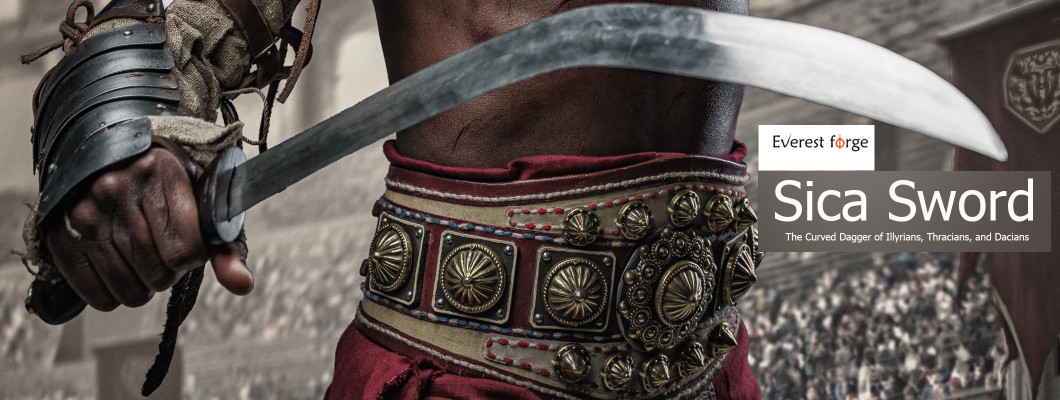

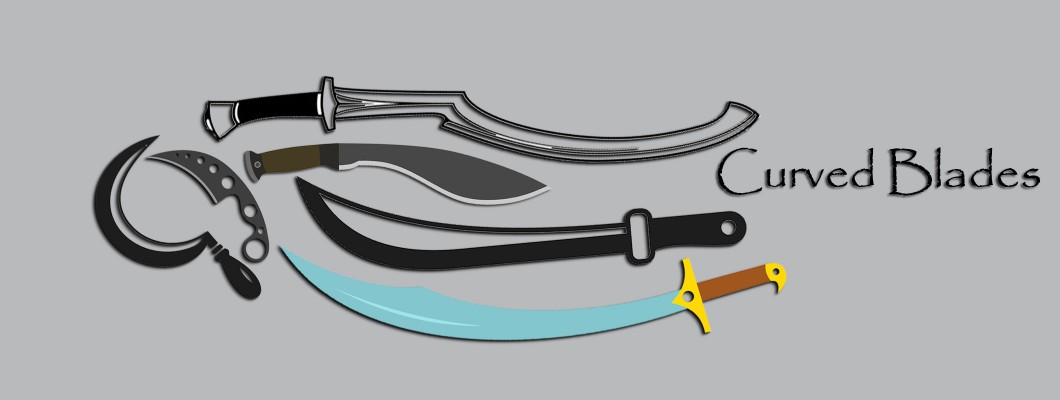
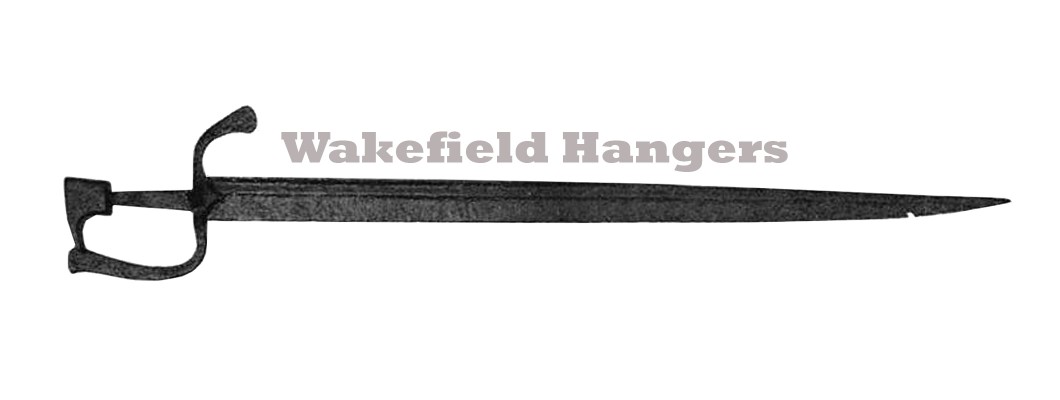
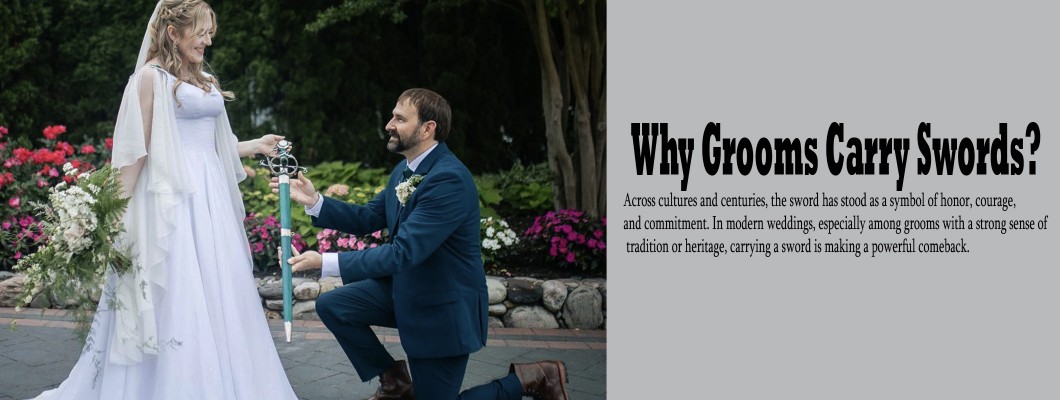
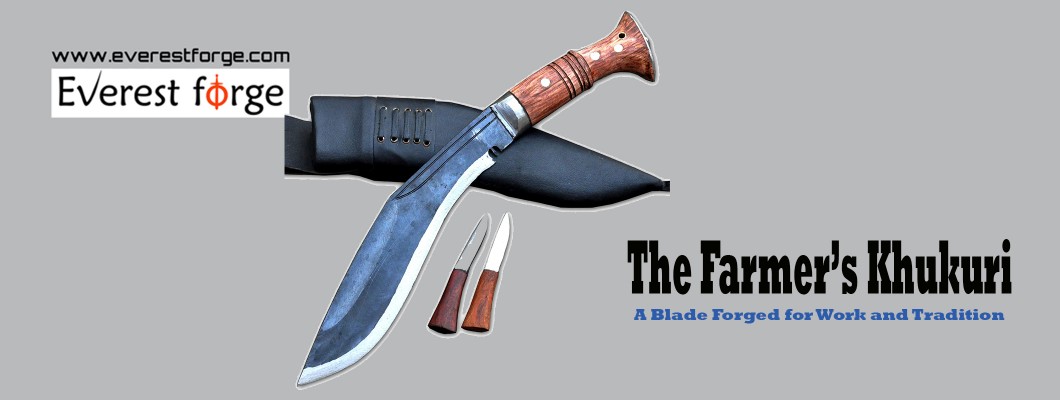
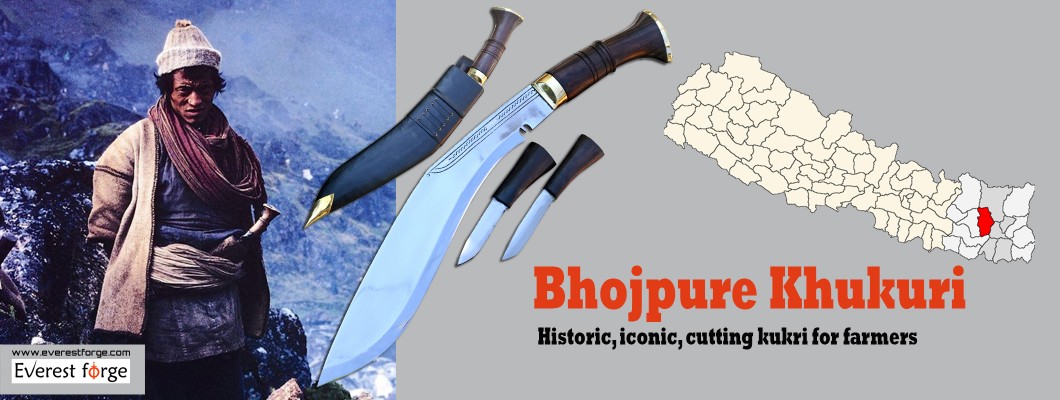
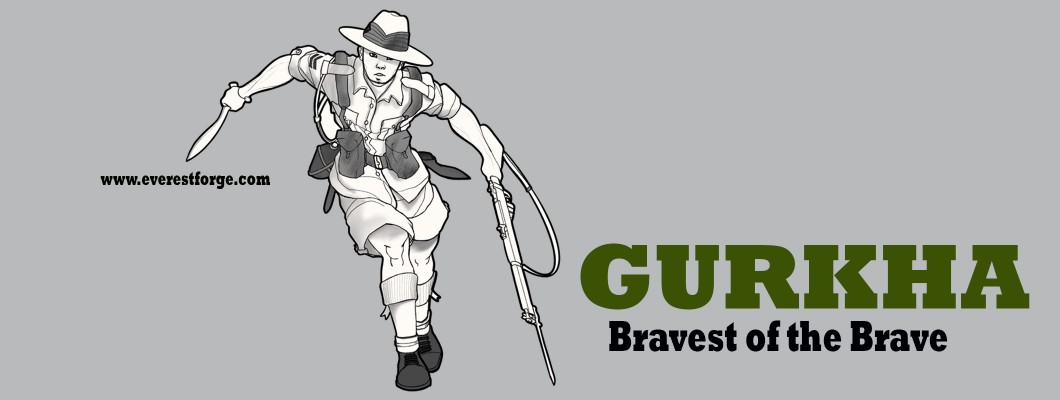
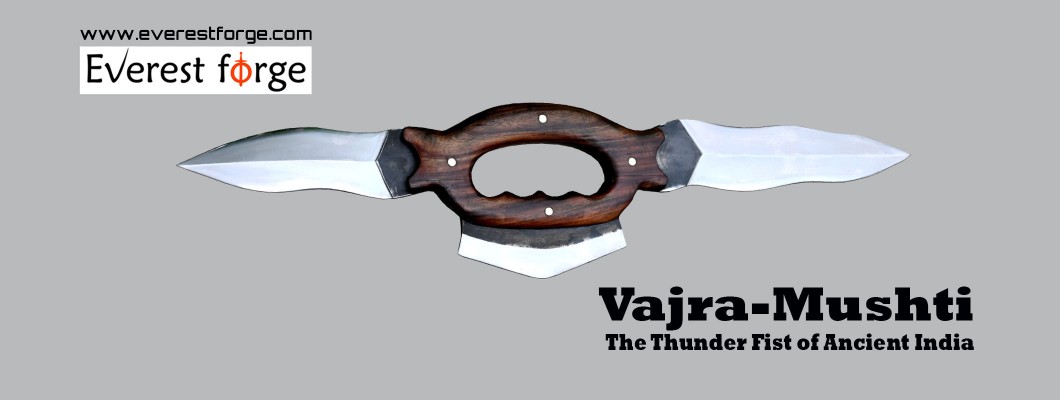
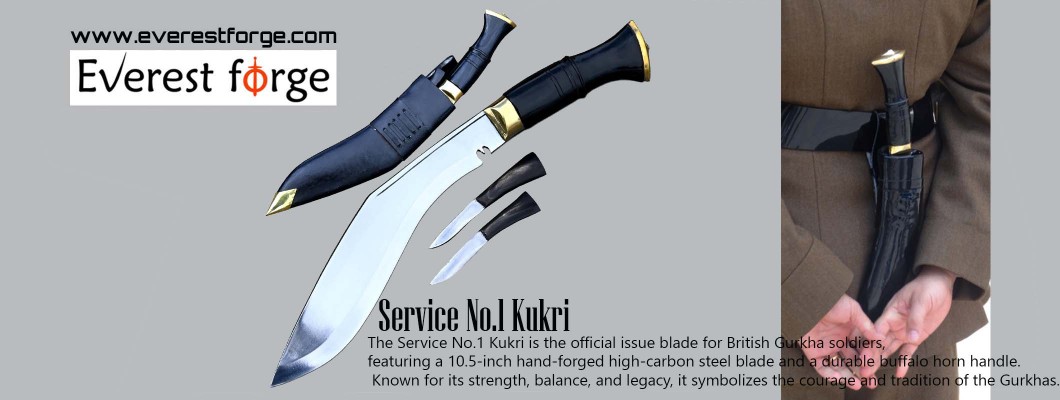
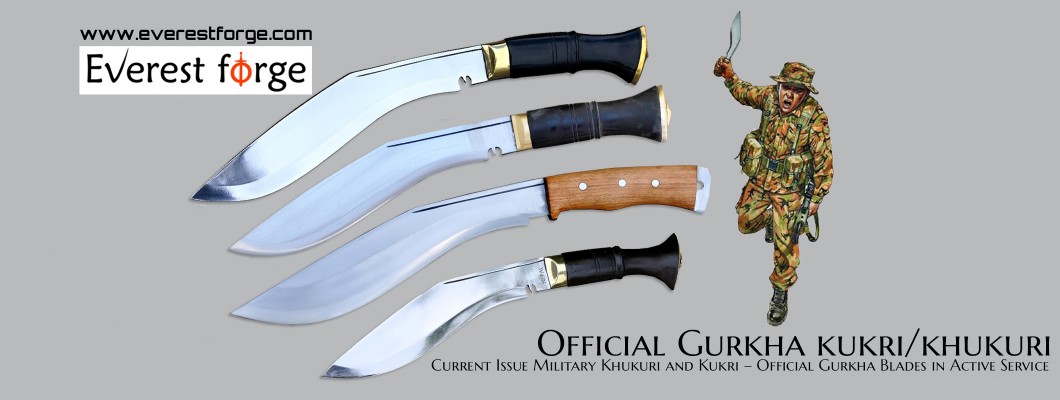
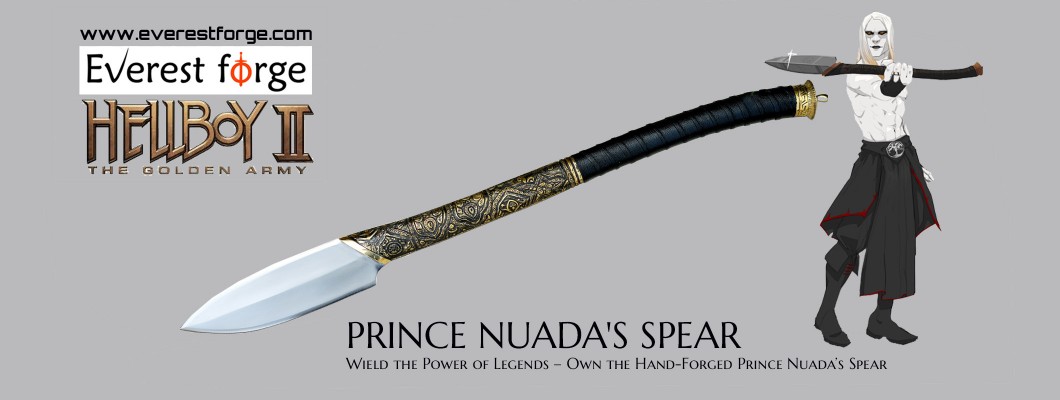

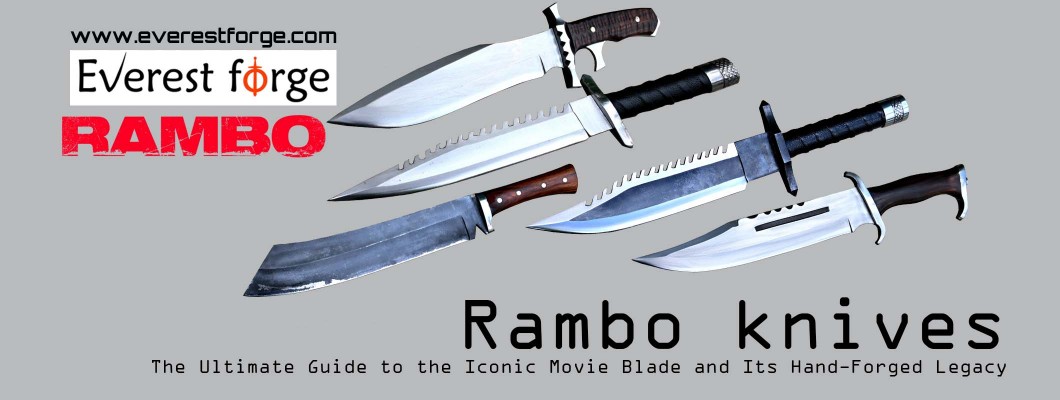





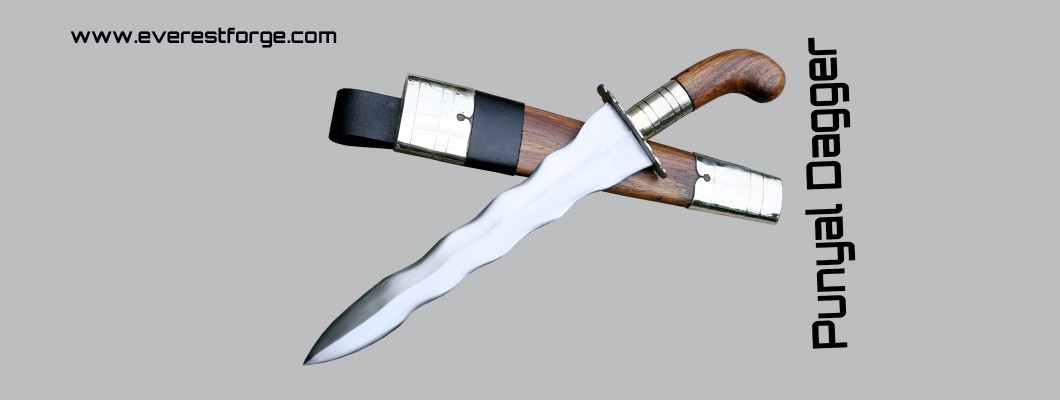
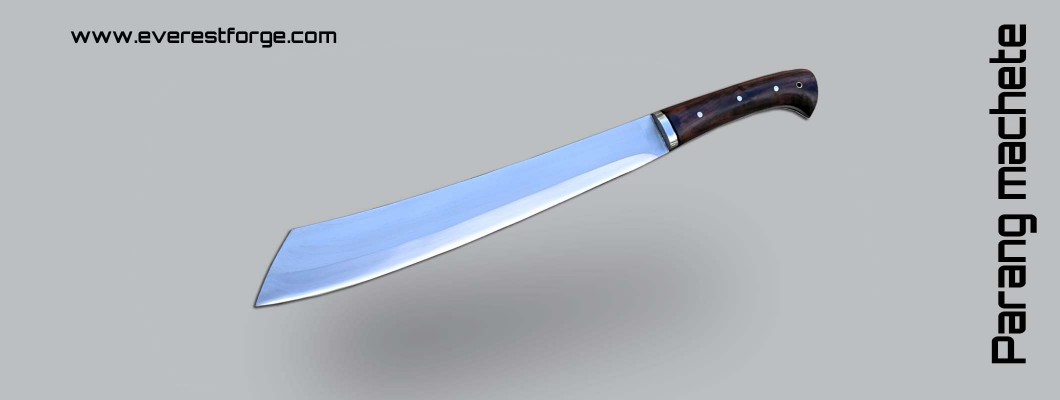
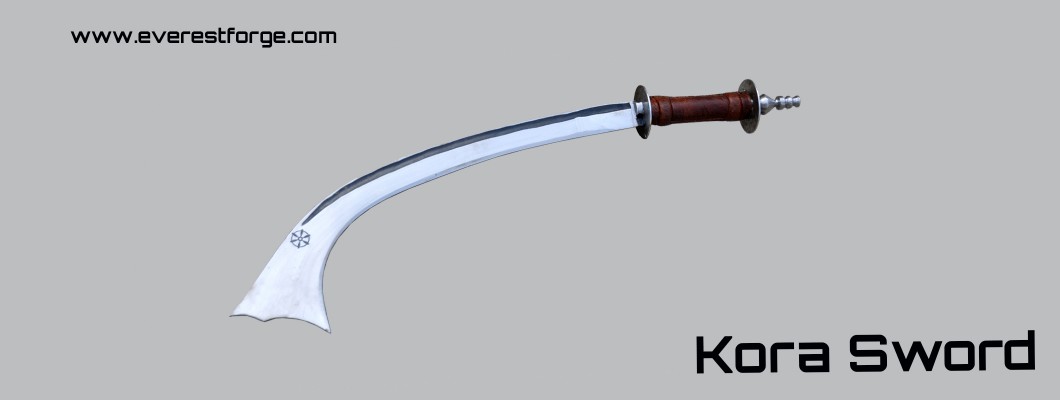
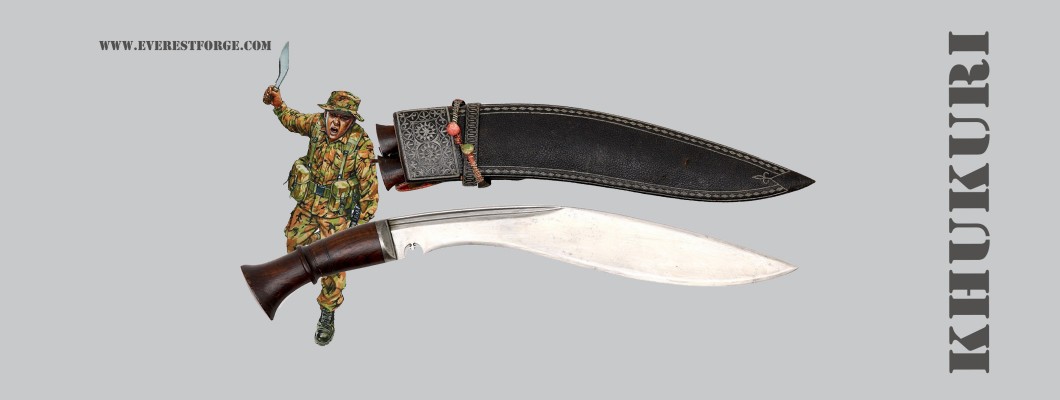
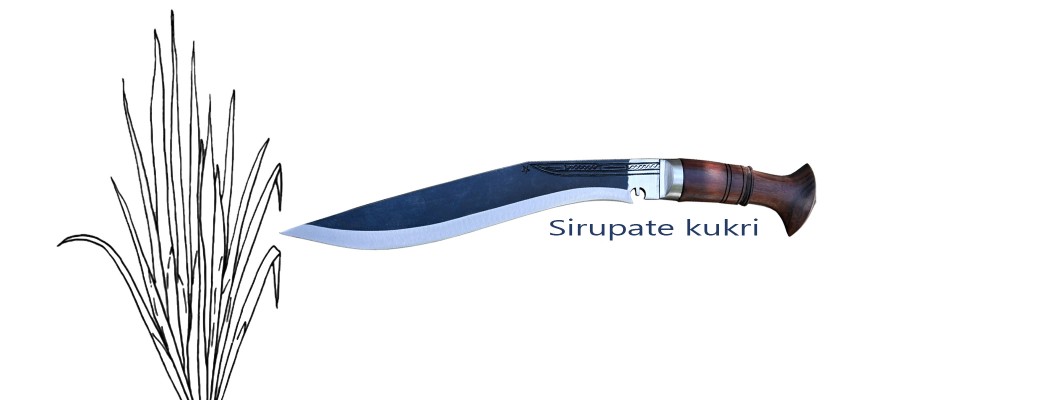
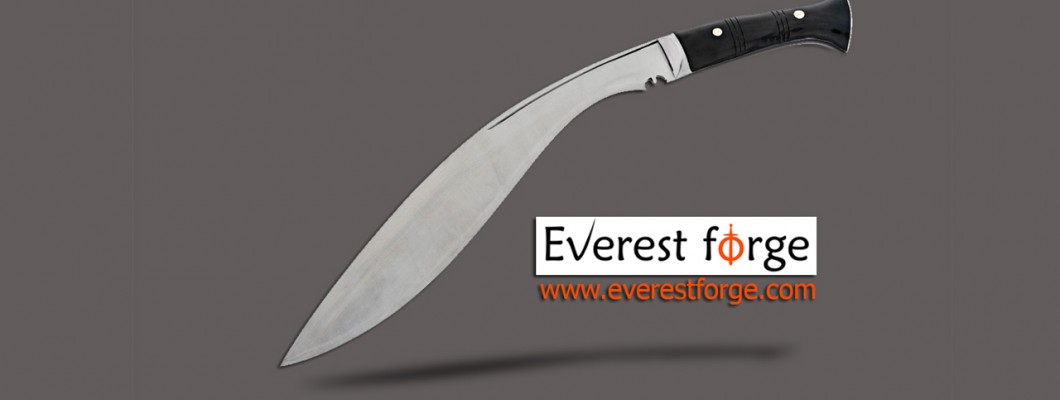
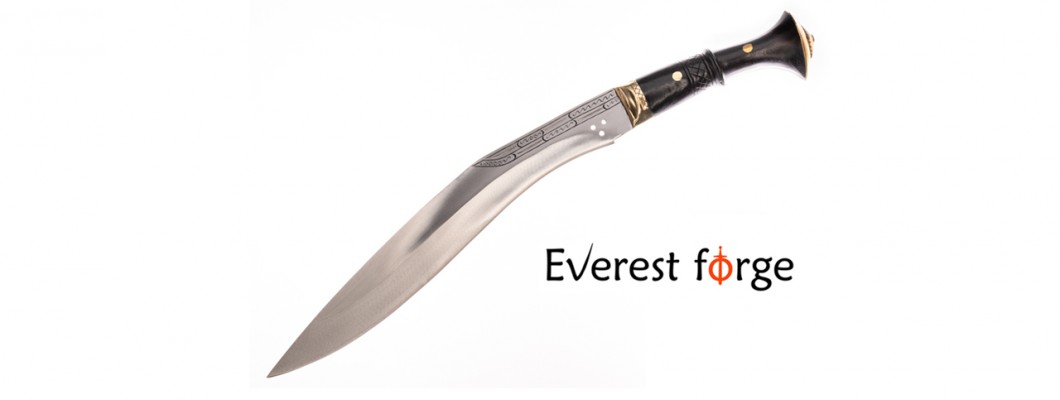
Leave a Comment